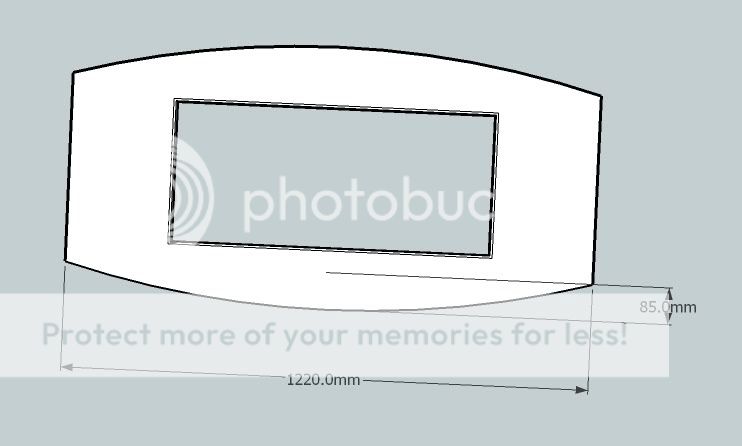pren
Established Member
Evening all.
I've recently been working on some projects that include a gental curve in their design. So far, I've been using a tramel bar and router to create these curves. This has all worked fine but the set-up of the tramel bar has been very much trial-and-error to find the correct radius.
One example is this coffee table top that I've been working on.

The length of the top is 1220mm and the depth of the curve is 85mm at it's deepest point.
Is there some way of calculating the radius of curves like these by only knowing the dimensions of a section of the perimeter, without having to play around with SU?
Thanks in advance
Bryn
I've recently been working on some projects that include a gental curve in their design. So far, I've been using a tramel bar and router to create these curves. This has all worked fine but the set-up of the tramel bar has been very much trial-and-error to find the correct radius.
One example is this coffee table top that I've been working on.

The length of the top is 1220mm and the depth of the curve is 85mm at it's deepest point.
Is there some way of calculating the radius of curves like these by only knowing the dimensions of a section of the perimeter, without having to play around with SU?
Thanks in advance
Bryn




